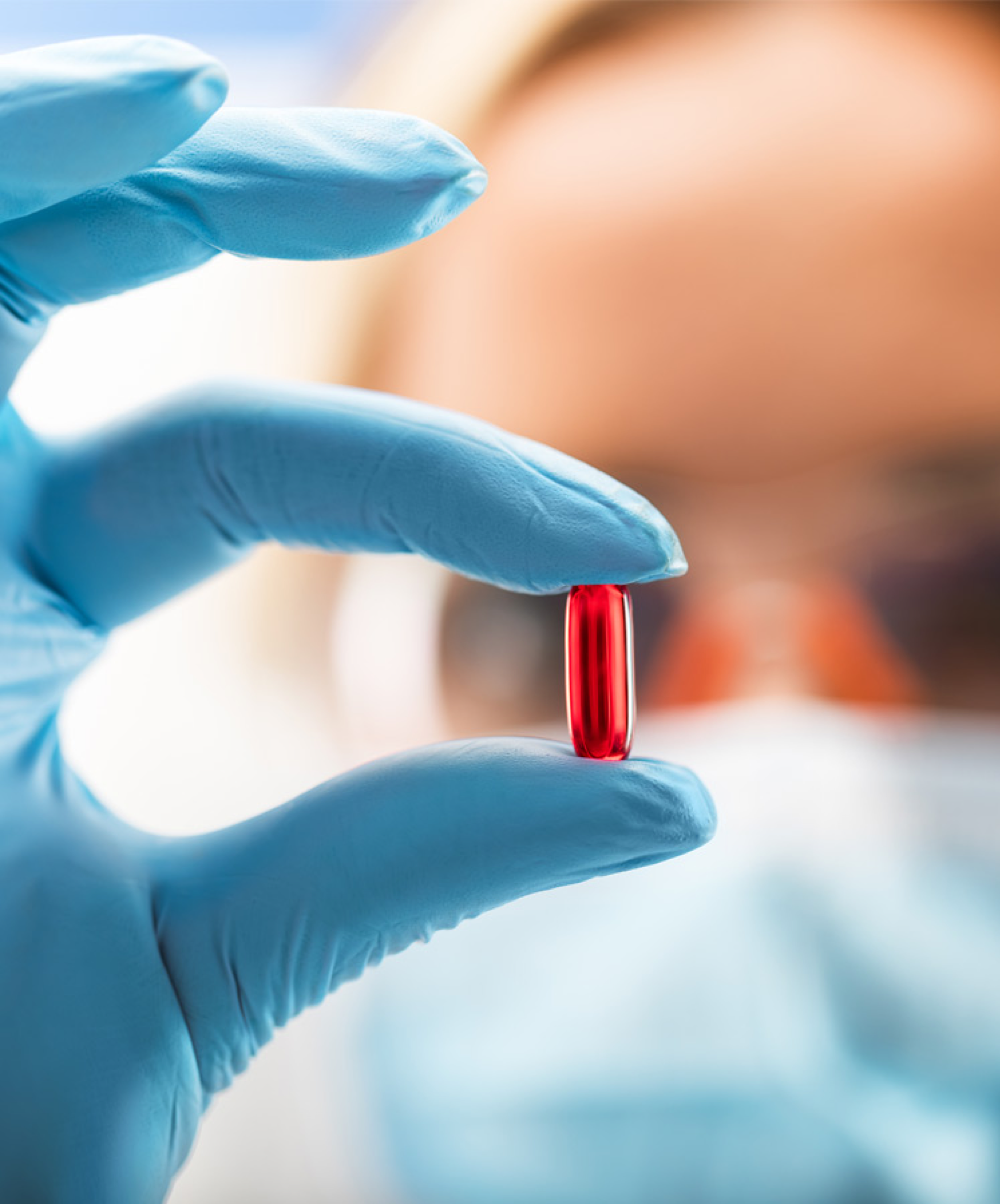LDN Therapy has several mechanisms of action which work together to produce benefits for patients.

Naltrexone is in a class of drug known as an opiate antagonists. Its normal use is in treating addiction to opiate drugs such as heroin or morphine. The dose used for this purpose is usually between 50 and 300mg daily. Lowdose Naltrexone (LDN) has been used in the treatment of autoimmune diseases in the USA since 1985, but is relatively new in the United Kingdom and Europe. Despite the fact that the drug is used at a very low dose, the occurrence of significant introductory or long term side effects cannot be excluded.
This method was devised and subsequently developed by the late Dr Bernard Bihari, M.D., a physician from New York, USA who passed away May 16, 2010. Dr Bihari was qualified in Internal Medicine, Psychiatry and Neurology, and we hope to honor him by continuing his pioneering work.
Your doctor will usually start treatment at an ultra-low dose and increase this gradually over a period of weeks – until you are stable and side effect free. The starting dose can vary from 0.5mg to 1.5mg – and is usually increased over 4 – 8 weeks to 4.5mg or higher. Some doctors increase this to twice daily, for certain medical conditions. For Autoimmune Diseases, patients typically start at 1mg and increase to 4.5mg daily over a period of 4 weeks. However, for Hashimoto’s Thyroiditis, Chronic Fatigue Syndrome or Fibromyalgia, the starting dose is usually 0.5mg and is increased by 0.5mg a week until a daily dose of 4.5mg is reached. For Cancer, LDN can be taken at similar doses, but must be avoided the week before and the week after cancer chemotherapy. This does not include a drug called tamoxifen or daily medications for prostate cancer.
In Autoimmune disease: The mechanism of action of naltrexone, in autoimmune diseases and cancer, is poorly understood. The benefits of the drug are possibly due to the temporary inhibition of endorphins. This results in a reactive increase in the production of endorphins, which should result in a reduction of painful symptoms and an increased sense of wellbeing.
Increased levels of endorphins should be expected to stimulate the immune system, promoting an increase in the number of T lymphocytes. This effect was observed in Dr. Bihari’s research. This increase in T-cell numbers apparently restores a more normal balance of the T-cells such that the effects of the disease progress are significantly reduced.
It may also act directly on these immune cells to stimulate or restore normal function. There is research currently underway, to prove the hypothesis that naltrexone improves or modulates the immune system – by acting on a receptor called TLR4. Several published papers have shown that naltrexone binds to the TLR4 receptor, and has a clinically measurable effect. This is evident in Chron’s disease and Ulcerative Colitis.